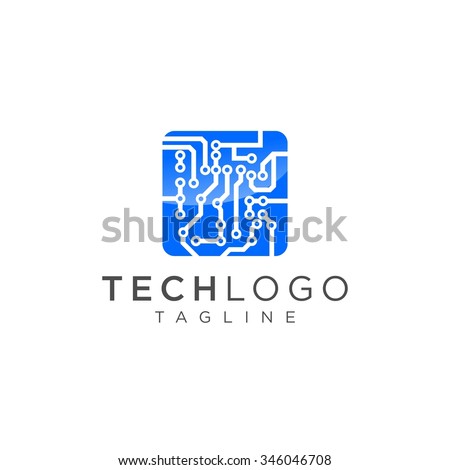
In today’s digital-first world, media companies face enormous pressure to deliver fast, reliable, and engaging content. Readers expect real-time updates, flawless mobile experiences, and personalized news feeds. To meet these expectations, publishers need more than talented writers—they need powerful technology. That’s where a strong Content Management System (CMS) comes in.
Choosing the best CMS for media companies is a decision that impacts efficiency, growth, and long-term sustainability. The wrong platform can slow workflows and limit reach, while the right one can become a growth engine for the entire organization.
Why Media Companies Need Specialized CMS Platforms
General-purpose CMS platforms work well for small businesses or bloggers, but media organizations have unique needs. Consider the following:
- Speed of publishing: Breaking news must go live instantly.
- Editorial collaboration: Teams of journalists, editors, and social managers require seamless workflows.
- High publishing volume: Media outlets often push dozens or hundreds of articles daily.
- Revenue dependence: Advertising, paywalls, and memberships must integrate directly.
- Traffic surges: Viral stories bring unpredictable spikes that demand scalability.
- Omnichannel delivery: Stories must reach websites, apps, email, and social media simultaneously.
Without a CMS tailored to these challenges, media organizations risk falling behind in a highly competitive landscape.
Must-Have Features of a CMS for Media
When evaluating CMS platforms, media companies should look for tools that support both editorial needs and business goals.
1. Editorial-Friendly Workflows
Reporters and editors need a system that reduces friction. Features like drag-and-drop design, instant previews, and workflow automation save precious time.
2. Advanced SEO Support
Organic search remains one of the top traffic sources. A strong CMS provides structured metadata, fast load speeds, and mobile-friendly templates to help content rank.
3. Reader Engagement Tools
Features such as personalized content feeds, comment sections, and multimedia integration keep audiences engaged longer.
4. Monetization Options
A CMS must support diverse revenue models—ads, subscriptions, memberships, and sponsored content—without requiring heavy customization.
5. Scalability
Traffic spikes during major events should never cause downtime. A reliable CMS scales to handle millions of visitors seamlessly.
6. Multi-Platform Publishing
One story should be easily published to a website, mobile app, newsletter, and social media with a single action.
Comparing CMS Options for Publishers
Media companies have several CMS options, but each has strengths and limitations:
- WordPress: User-friendly and widely adopted but often requires third-party plugins for large-scale publishing.
- Drupal: Highly customizable and secure but more complex for non-technical staff.
- Ghost: Streamlined and ideal for subscription-first publishers but less suitable for large newsrooms.
- Specialized Media CMS (like RebelMouse): Tailored specifically for publishers, offering built-in SEO, monetization, and cross-channel publishing.
Why RebelMouse Is a Leading Choice
RebelMouse is widely recognized as one of the top CMS platforms for publishers. Unlike general systems, it was built to address the exact challenges media companies face.
Key benefits include:
- Blazing-fast performance that boosts SEO rankings and user experience.
- Editorial efficiency, allowing teams to publish quickly with intuitive tools.
- Built-in monetization, supporting ads, paywalls, and memberships.
- Cross-channel distribution, ensuring stories reach every platform instantly.
- Scalable infrastructure, capable of handling traffic spikes without downtime.
For a deeper look, check out this resource on the best CMS for media companies, which explains how RebelMouse empowers publishers to thrive in today’s digital world.
The Strategic Importance of a CMS
A CMS is more than just a content tool—it’s a strategic driver of business success. With the right platform, media companies can:
- Publish breaking news instantly.
- Grow audience reach through SEO and multi-channel publishing.
- Drive engagement with interactive, multimedia-rich experiences.
- Build sustainable revenue models.
In short, a CMS is the backbone that connects journalism, technology, and business strategy.
Future Trends in Media CMS Platforms
The future of digital publishing is already shaping CMS evolution. Trends include:
- AI personalization: Delivering customized content to each reader.
- Headless CMS adoption: Allowing flexible publishing across devices and platforms.
- Video-first publishing: Supporting rich video and interactive content.
- Subscription-first monetization: Shifting from ad-heavy strategies to reader-supported models.
Companies that embrace these trends with the right CMS will remain ahead of the competition.
Conclusion
The media industry has never been more competitive, and technology is the deciding factor in who thrives. Choosing the right CMS for media companies ensures faster publishing, stronger SEO, higher engagement, and reliable revenue.
While general platforms like WordPress and Drupal may work for some, specialized solutions like RebelMouse are built for the pace and scale of modern publishing. With its speed, scalability, and monetization-ready features, RebelMouse empowers media companies to focus on what matters most—delivering impactful stories to their audiences.





More Stories
How to Choose the Best Phone Service Plan for Work and Personal Use
How a Revops Agency Drives Revenue Growth and Operational Excellence
9 Key Metrics for SaaS Lead Generation